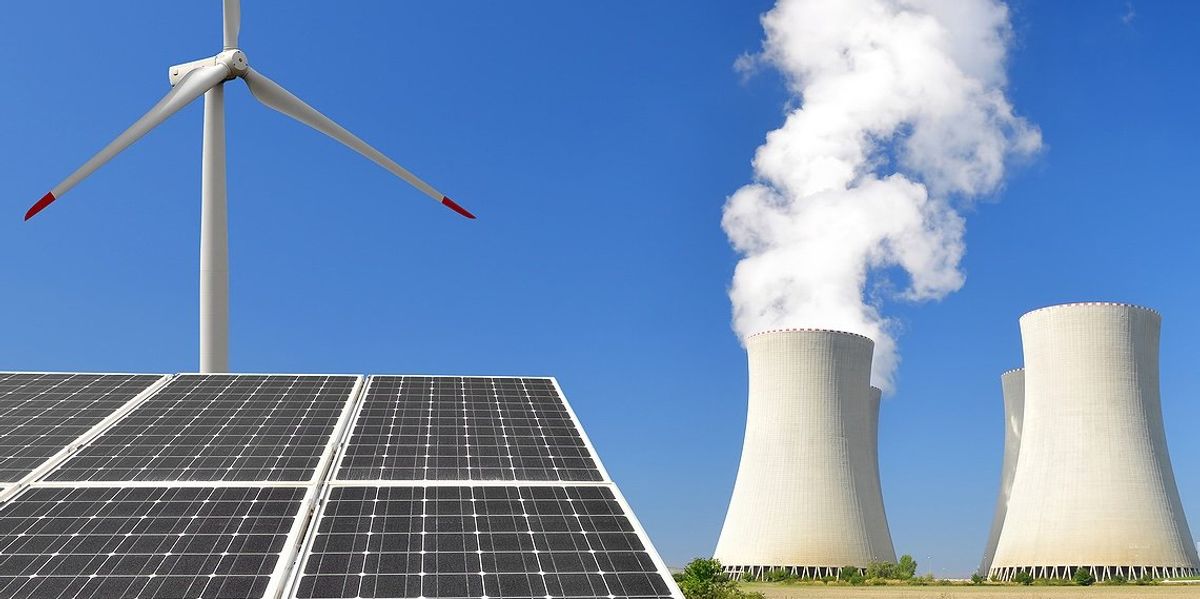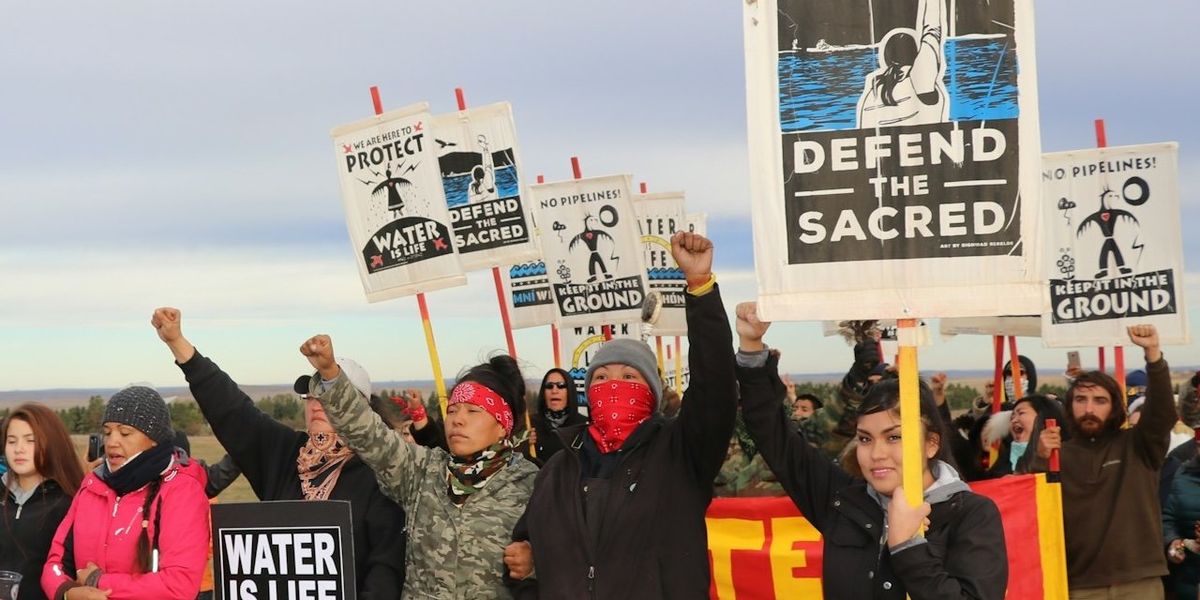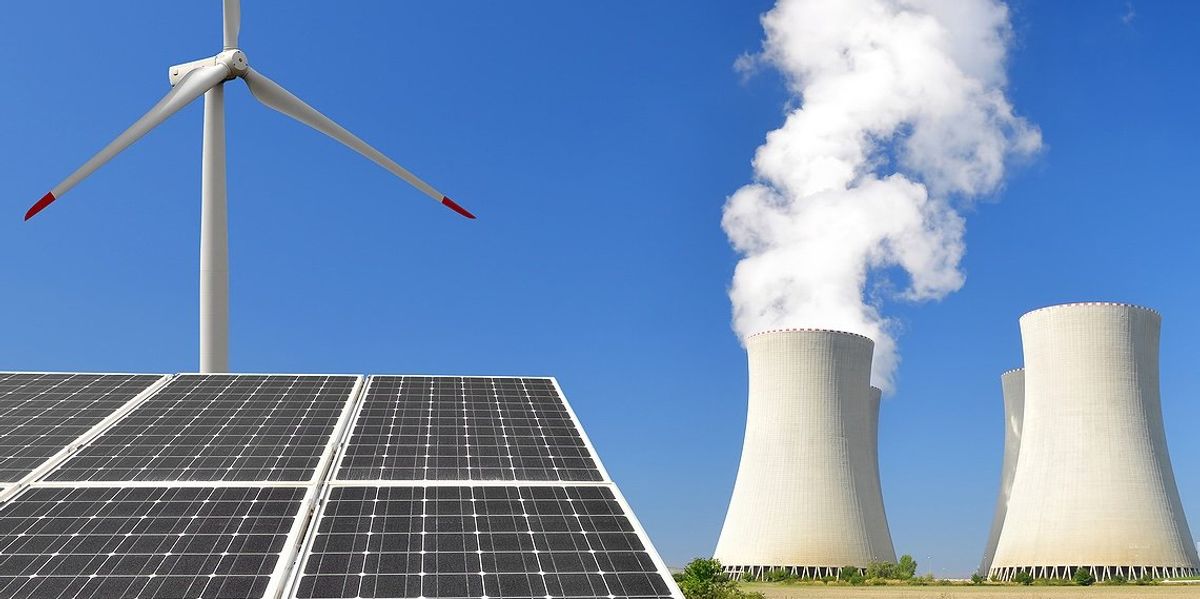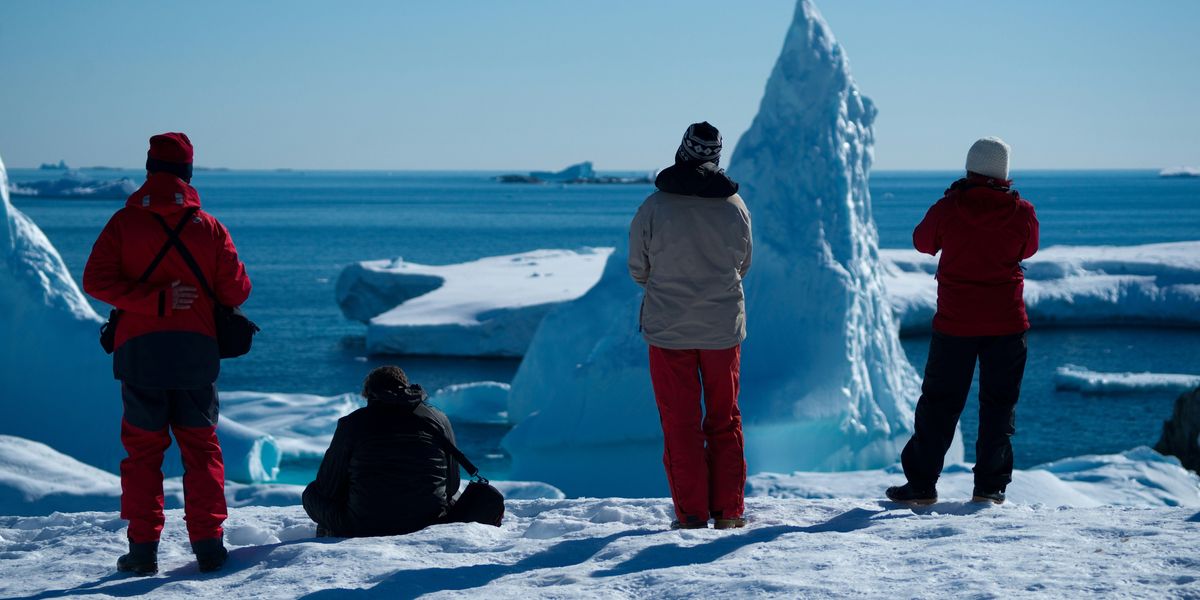
New wildfire hazard maps expand zones for millions of Californians
Nearly four million Californians now live in areas deemed at high risk of wildfire, after state officials released updated fire hazard maps for the first time in over a decade.
Ben Christopher reports for CalMatters.
In short:
- California’s fire agency has expanded high and very high wildfire hazard zones by 168% since 2011, now covering 3,626 square miles and affecting roughly 1 in 10 residents.
- The maps, based on terrain, vegetation and climate — not individual home conditions — trigger stricter building codes and real estate disclosure rules for affected areas.
- Climate change, advanced modeling tools, and new legal requirements drove the expansion of mapped hazard zones, though some experts say they still understate risk.
Key quote:
“The reason we map these areas is to tie these really important wildfire mitigations to them, helping us to ensure that as we build out new communities we’re building to the level of hazard that exists, giving them an increased chance of surviving a wildfire.”
— Daniel Berlant, state fire marshal
Why this matters:
California’s wildfire hazard maps, tools long used by state and local officials, have been updated to reflect a harsher reality: More places than ever before are at serious risk of burning. As climate change accelerates both the frequency and intensity of wildfires, millions of residents now live within or near areas deemed high-risk. These new designations carry real-world consequences, rippling through real estate markets and reshaping the way insurance companies do business. In many fire-prone counties, homebuyers must now sign disclosure forms acknowledging the threat, and homeowners are seeing premiums skyrocket—or losing coverage altogether.
For families trying to hang onto homes in beloved but dangerous landscapes, the pressure is mounting. Insurance companies have begun to withdraw from high-risk zones altogether, citing unsustainable costs and unpredictable fire behavior. That leaves homeowners with limited and expensive coverage options through the state’s last-resort insurance pool. In some cases, the math simply doesn’t add up: People can’t afford the coverage they need, nor the homes they already own.
Learn more: California’s insurance crisis exposes cracks in America’s safety net













